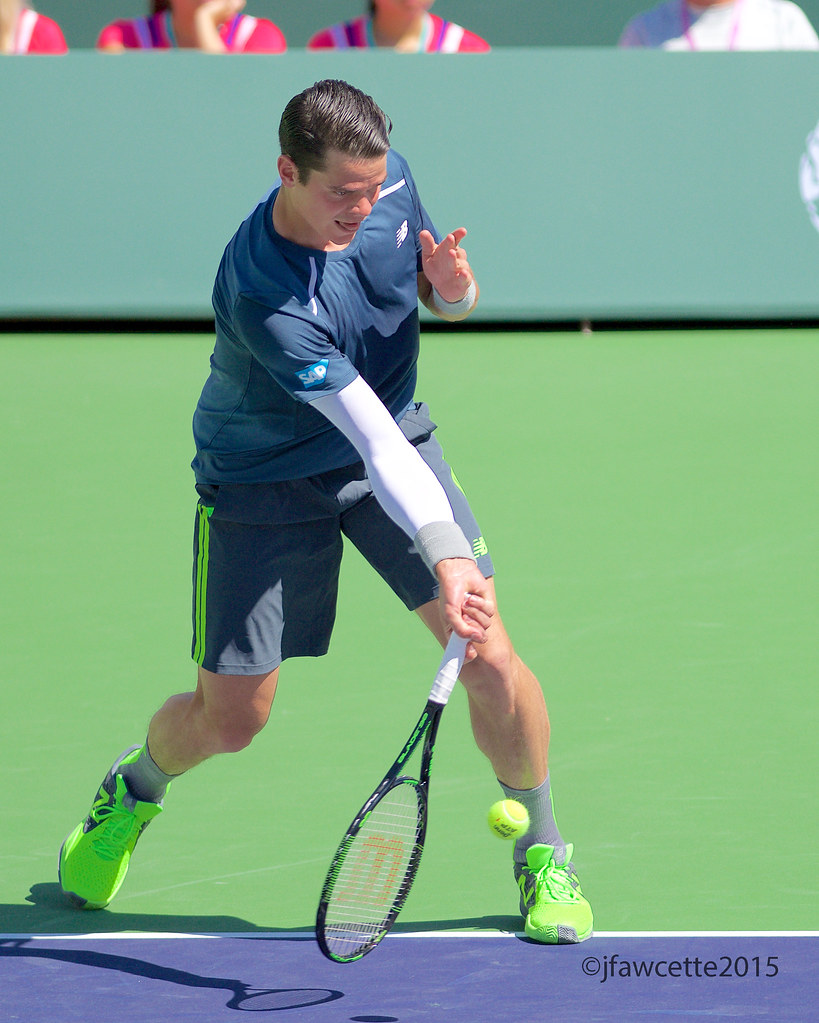Originally posted by johnyandell
View Post
He (Roger) snaps his wrist about one-tenth of a second before impact with an angular momentum of about 900 degrees per second. The acceleration of the wrists accounts for only 30 percent of his overall racquet speed....
I just wonder when Dan refers to "snapping" he is simply referring to closing/aligning the wrist just before contact as oppose to during contact and after, which is the way I see it.
I was really thinking more about the practical benefits of using wrist. I think it facilitates quicker wielding of the racket, important in a fast moving game. I know McEnroe's forehand was simple, but when you try it, it actually eats up more time than you think to produce.
I am half way through Dan's book...it's a good read.






Leave a comment: